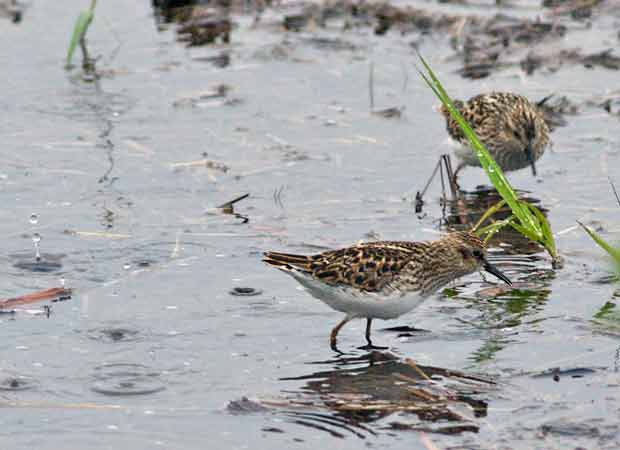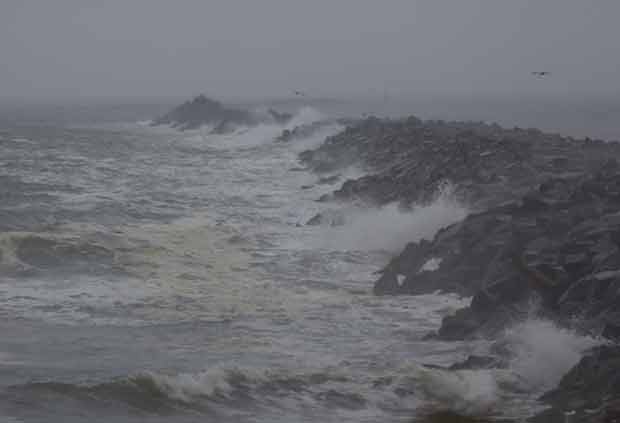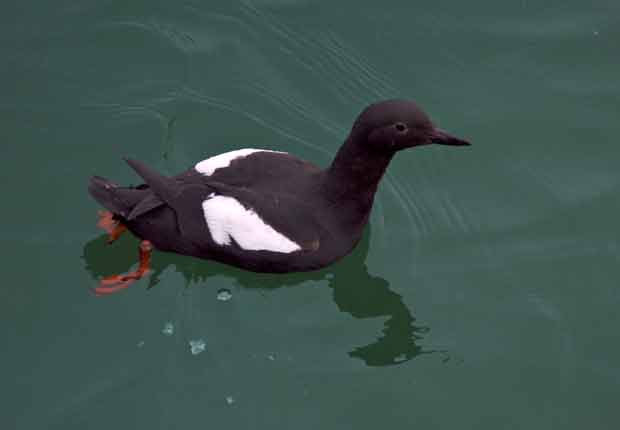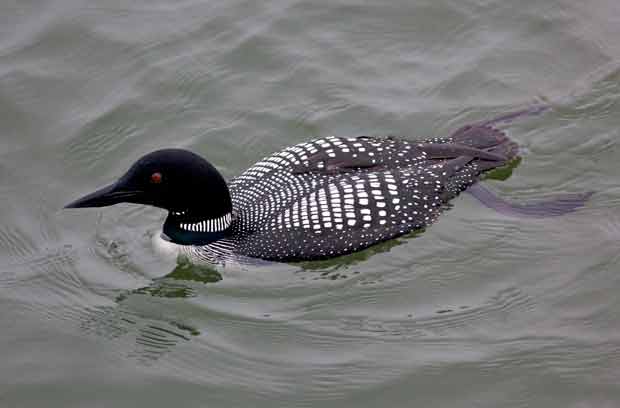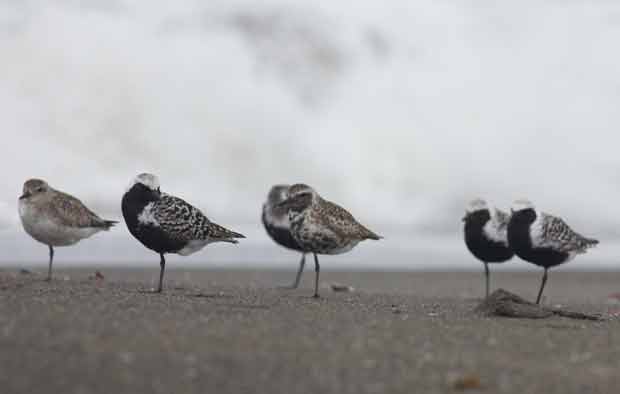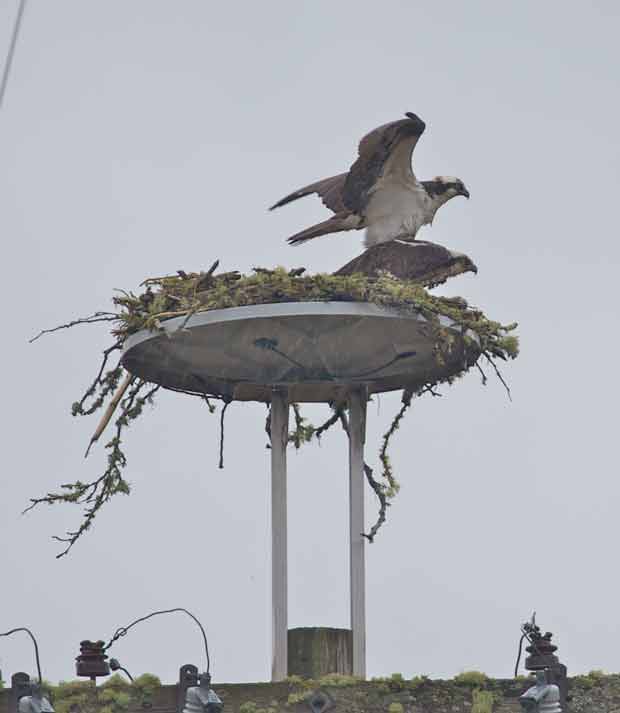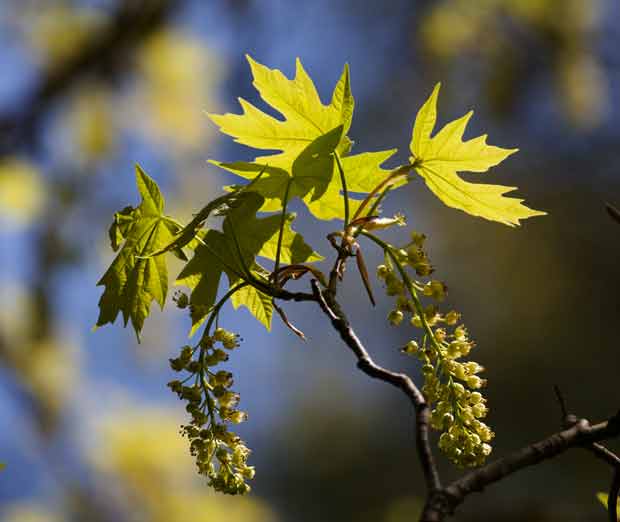Part Two of Steve Hagen’s Buddhism: Plain and Simple called “The Way to Wake Up” describes the eightfold path. Although I didn’t discover any startling revelations as I read it, it did remind me of things I’d forgotten and many more things I certainly haven’t mastered. Most of what he says sounds like good advice, no matter what your religious beliefs.
Hagen begins by talking about ways to calm “Monkey Brain,” the tendency of our brain to produce random, and not-so-random thoughts when we try to calm it:
The mind will not be ruled. If you try to lean less, it just leans all the more. So how are we ever going to get our minds to stop leaning? Just attend to what you’re doing. Because in attending to this moment, you’re attending to your own mind. You’re watching your mind lean. See how this leaning comes about. When you acquaint yourself with what leaning really is, you’ll realize that in trying to stop it from leaning, you’re making it lean all the more. Nevertheless, as you watch what actually takes place in each moment, already your mind has begun to lean less.
After many years of practicing both Yoga and Tai Chi I actually find it relatively easy to meditate, though I’m apt to let everyday worries get in the way of my morning walks with Skye. Now, if I could just master my dreams and the weird, irrelevant thoughts that seem to show up while I’m asleep. Why in the world would I still dream about the Army and about the classroom?
His discussion of Truth, or Reality, and the impossibility of describing it in words seems will probably seem familiar to someone who has studied literature and philosophy for years:
If you try to speak of Truth or Reality, you can’t say what it is, because it won’t fit into words or concepts. This is why we get so frustrated with enlightenment. We can’t put our finger on it. We can’t get it into our hands.
We’re used to getting a conceptual handle on thing. (And when we don’t, we often abandon them.) But Truth doesn’t go into concepts. We can’t hold it as an idea. We literally can’t speak Truth.
When we see reality, we are completely beyond the realm of words and concepts. We experience what words cannot express, what ideas cannot contain, what speech cannot communicate.
So, in a sense, there’s nothing to say.
This is one of the reasons I’ve always been more interested in art than in philosophy, one of the reasons I would have rather been a poet than a critic. To me, artists do the best job of pointing to what is real and what is important in our lives.
Right effort means simply being present. It means being here, staying here, and to see what’s happening in this moment. It’s not about trying to control, trying to bring something about—like straining to achieve enlightenment. This is much like trying not to think of an elephant. Right effort is naturalness—naturalness of movement, naturalness of thought. It’s the naturalness of becoming this moment.
How often we miss the moment simply because we’re not here. We tune out much of the world—and much of ourselves as well—just as that jogger did. And generally we don’t even realize how removed we are form what is going on.
The Buddha constantly pointed out the seriousness of this condition. In fact, to the awakened, its consequences are total. “Those who aware,” he said, “do not die. Those who are ignorant are as if dead already.” Life is only lived in this moment, which is fleeting, changing constantly. We can’t grasp it. If only we’d stop embalming life, freezing it into a view, we’d experience life as it is, and at it’s fullest. The importance of right mindfulness, the seventh aspect of the eightfold path, is that it weaves together all seven other aspects of the path, and brings us back to Reality, here and now.
If you’ve visited very long, you probably have already heard my rant against people who walk around some of the greatest places in the world attuned to nothing more than an iPod. So, obviously this example resonated with me.
I’ve also heard my Tai Chi instructor use the word “practice” often enough to appreciate Hagen’s distinction between philosophy and practice:
The buddha-dharma is not an armchair philosophy, but a thoroughgoing practice. There’s no point in meditating just to get to the idea of it. Useless though it is, right meditation is the very activity that works on the deep, aching needs of the heart. Do right meditation even though it’s useless. Do it for no purpose. Do it for its own sake. In fact, there is no other way. If you have the least gaining idea, you are not fully engaged. You are not practicing right meditation.
Right meditation is where everything is alive—where we neither create nor manipulate, neither possess not obsess, neither try not fail.
Although I work at making meditation a regular part of my life, I’m a long ways from managing to make it my life. For me, meditation is still a separate activity, something I have to consciously do, not something I do automatically. I doubt that washing the dishes will ever be anything but a chore, not a form of meditation.
For one who’s never been fond of ceremony or ritual, I also found Hagen’s closing reassuring:
Joseph Campbell said we short-circuit religious experience by putting it into concept. It’s true: much of religious teaching is hammered into conceptual frames. This is as true of Buddhism as it is of any other religion.
If we would awaken, however, we must notice the framework upon which we’ve attached everything. Ultimately, if we truly seek a free mind, even this eightfold path—even Buddhism itself must not be clung to. We shouldn’t make the buddha-dharma into something holy, something to put up on a gilded pedestal in a prominent place.
The path simply reminds us of how we’re engaged in the world. It’s like the raft that carries us to the opposite shore. We use it to a point, then leave it behind. Once the stream is crossed, we leave the raft for someone else. We don’t need to lug it around. It will only burden us.
Like this:
Like Loading...
